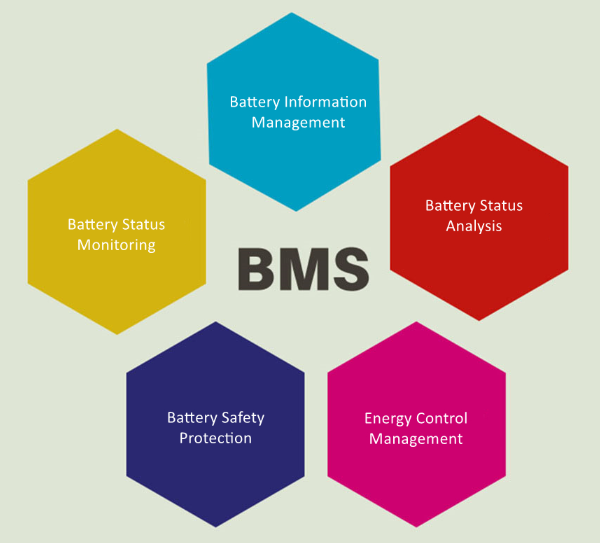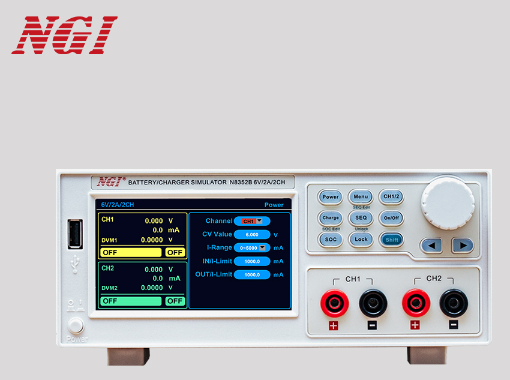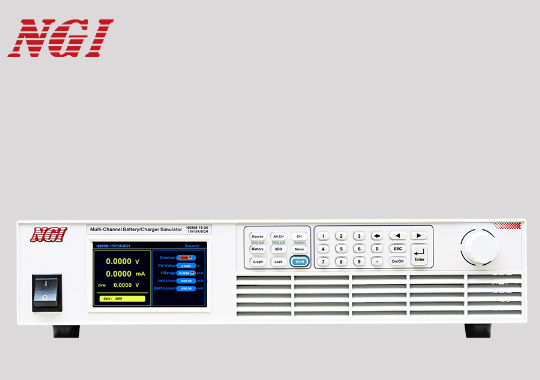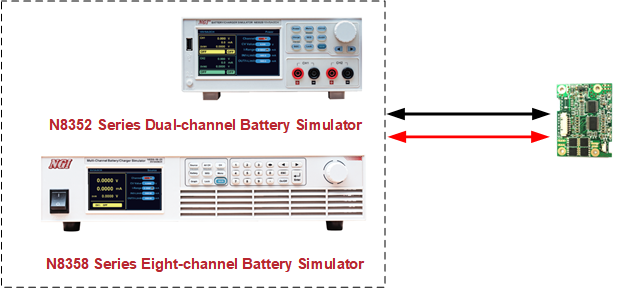Do you want to log out?




 September 21, 2021
September 21, 2021With the gradual maturity of drone R&D technology, drones have attracted attention in all walks of life for their low-altitude flight, low cost, flexible maneuverability, and rapid response. They are widely used in civilian fields, such as agricultural plant protection, power inspections, and police enforcement, geological prospecting, environmental monitoring, forest fire prevention, film and television aerial photography, etc. However, with the rapid development of UAV market, constraints such as limited battery life have gradually become prominent. In this case, power management chip technology has become one of the key factors affecting the quality of drones.

Most drones on the market are powered by lithium batteries. During charging or discharging, the drone battery may explode or catch fire, which is one of the shortcomings of polymer lithium battery technology. The battery management system (BMS) can solve key issues such as the safety, availability, and service life of the lithium battery system. It can be used to monitor and manage the battery, send an audible and visual alarm signal to the user under abnormal conditions, and cut off the power transmission according to a preset control strategy in severe cases to protect the battery and extend the battery life. To ensure product quality and battery safety, manufacturers usually need to equip the battery with a BMS and conduct a comprehensive test on the BMS before leaving the factory.

To meet the needs of BMS test applications, NGI has developed N8358 series and N8352 series high-precision dual-quadrant programmable battery simulators. N8358 and N8352 can simulate the output state and charge&discharge characteristics of real batteries, and can change the test conditions at any time according to the needs of users, achieving the purpose of quickly verifying the response of UAV battery management system under different battery conditions.


Test Items:
Battery cell voltage acquisition accuracy test
Battery protection parameter test
Static power consumption test of BMS acquisition circuit
Battery balancing test
Battery fault simulation

Test Advantages:
1. Generally, drone design will take the weight and endurance into consideration to select the appropriate number of battery cells. Small UAVs have fewer battery cells than large UAVs, so the requirements for testing UAV battery management systems are also different. N8358 battery simulator integrates 8 independent output channels. N8352 battery simulator integrates 2 independent output channels. Engineers can select the battery simulator with the corresponding number of channels according to different UAV battery management systems to meet the test needs.
2. When the drone is not in use, the drone will be in a standby state. There is still leakage current in standby state. In order to detect the leakage current (standby power consumption), the current accuracy of test instrument needs to reach μA level. Both N8358 and N8352 battery simulators have 1μA current accuracy. N8358 and N8352 can intuitively test the standby power consumption of UAV battery management system in standby state, which fully meets the UAV BMS test requirements.
3. Both N8358 and N8352 adopt current bidirectional design. The current input and output direction can be independently controlled of each channel, which meets the requirements of UAV BMS active and passive balancing test.
4. The channels of N8358 and N8352 are isolated from each other and support multi-channel series connection. When testing BMS of small UAVs, N8352 and N8358 can be used in series connection to simulate the total voltage signal of BMS. This method can replace the power supply which is used to simulate the total voltage of BMS and save test costs.
5. N8358 and N8352 battery simulators also have SOC test, fault simulation, internal resistance simulation and current auto range functions, which can efficiently meet the needs of UAV BMS testing.
|
Selection Table |
|||||
|
Model |
Specification |
Model |
Specification |
Model |
Specification |
|
N8352A |
6V/1A/6W/2CH |
N8352C |
6V/3A/18W/2CH |
N8352E |
20V/1A/20W/2CH |
|
N8352B |
6V/2A/12W/2CH |
N8352D |
15V/5A/75W/2CH |
N8352F |
20V/3A/60W/2CH |
|
Model |
Specification |
Model |
Specification |
Model |
Specification |
|
N8358-06-01 |
6V/1A/6W/8CH |
N8358-06-03 |
6V/3A/18W/8CH |
N8358-15-01 |
15V/1A/15W/8CH |
|
N8358-06-02 |
6V/2A/12W/8CH |
N8358-05-05 |
5V/5A/25W/8CH |
N8358-15-05 |
15V/5A/75W/8CH |

















